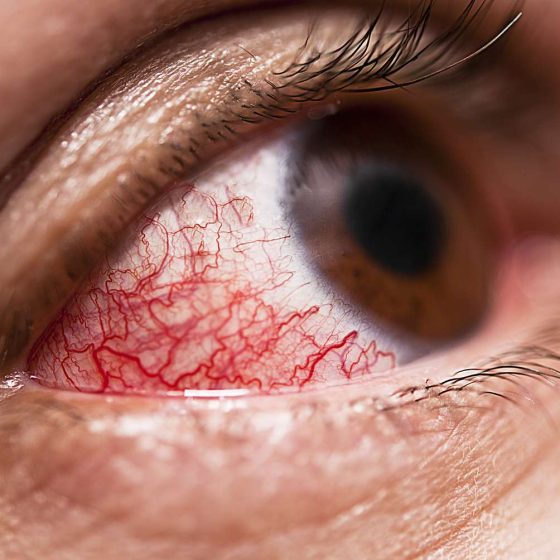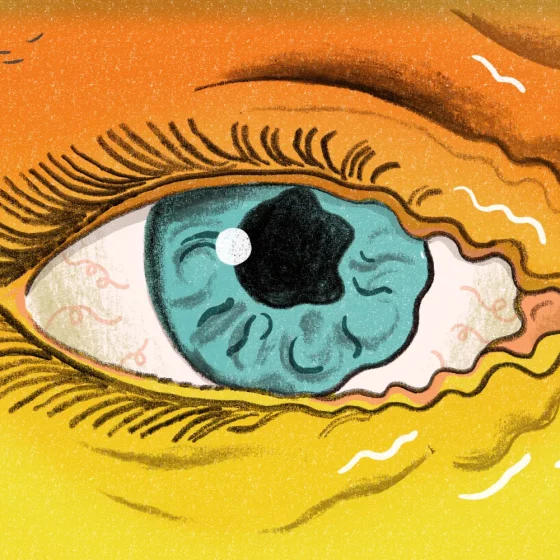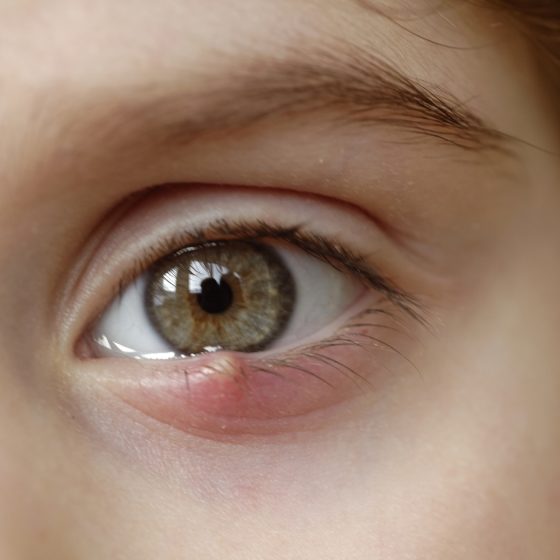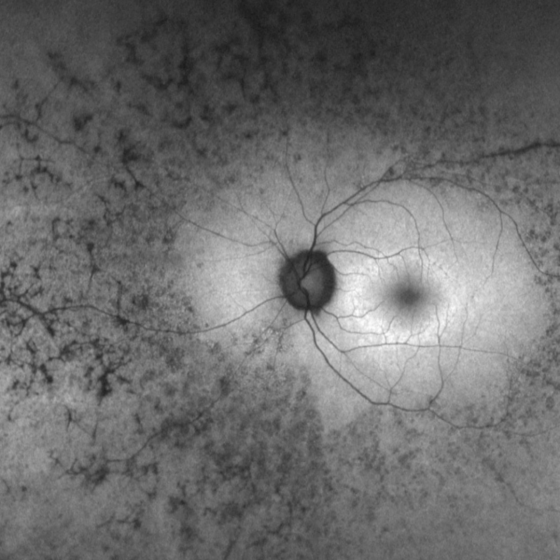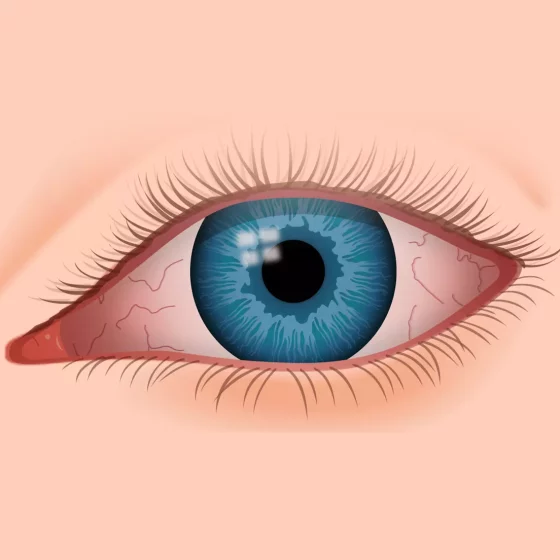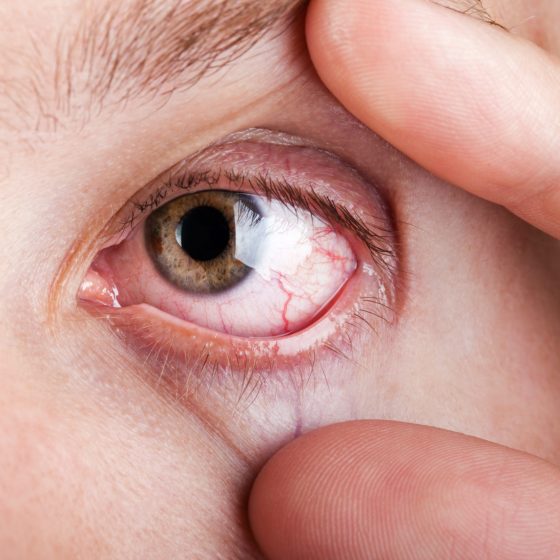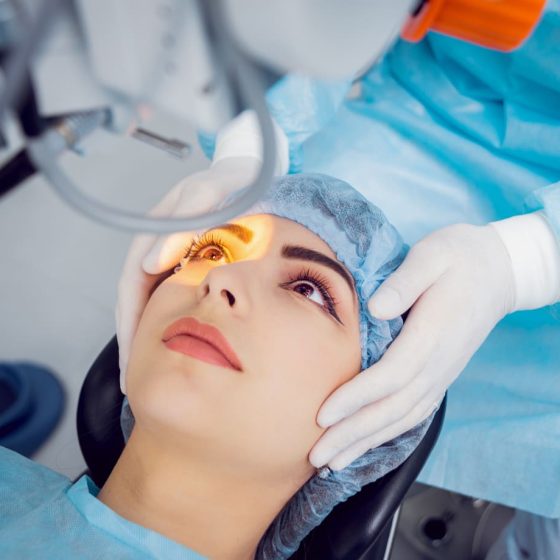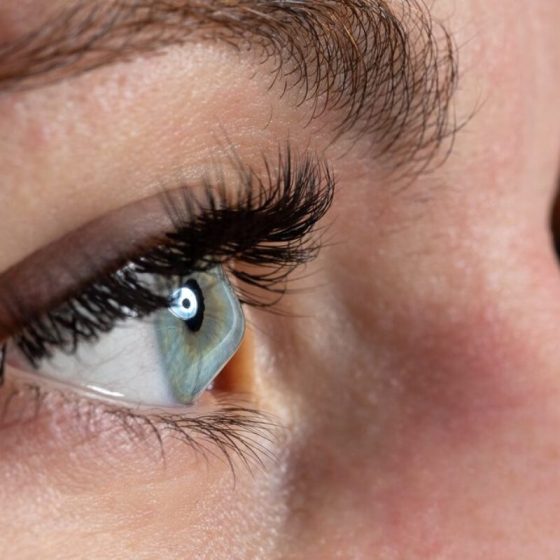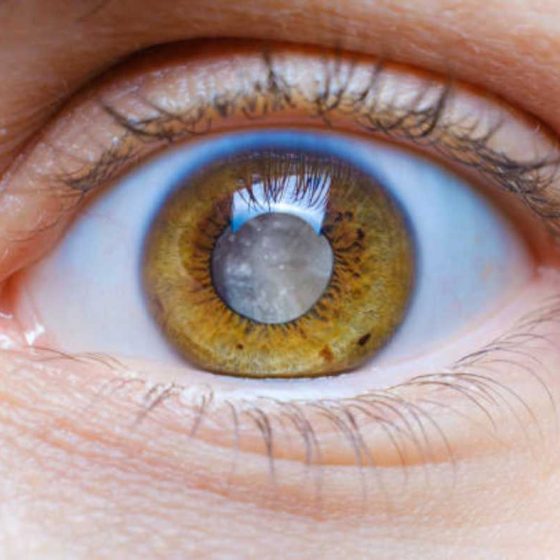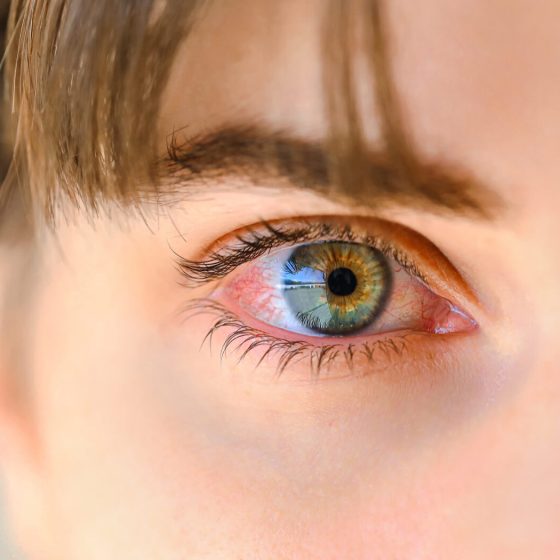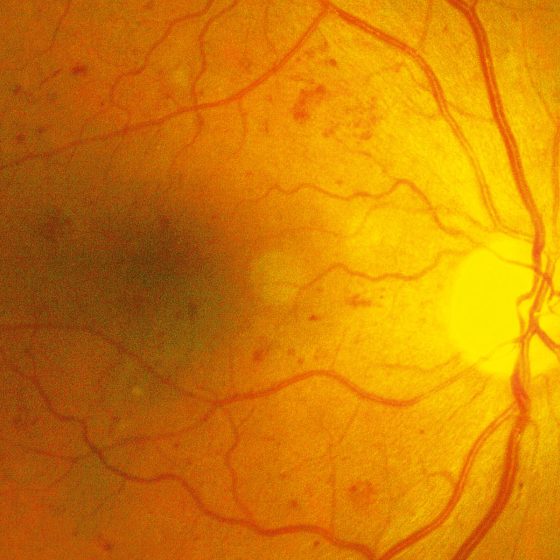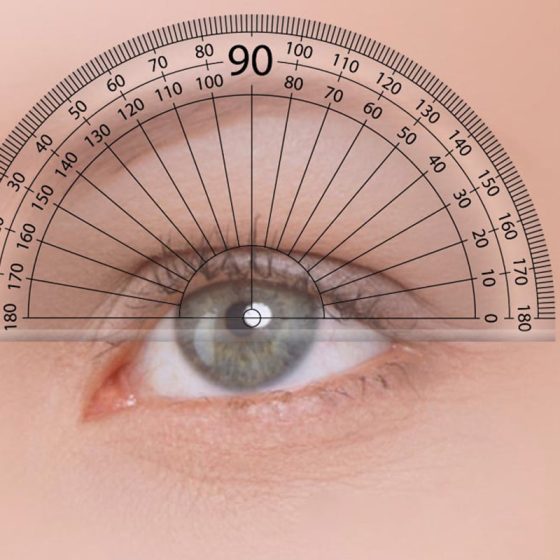Uveitis
What is uveitis? Uveitis is a term for a group of conditions that cause inflammation in the eye. It is most often caused by an autoimmune response, but it can be due to an infection. Uveitis is the name given when the middle layer of the wall of your eye gets inflamed (red and sore). The middle layer is called the ‘uvea’. It is found under the white outside layer of the eye (called the ‘sclera’). You can get different types of uveitis. These are: anterior uveitis – this affects the iris in the front of the eye intermediate uveitis

